Ph-PEG3
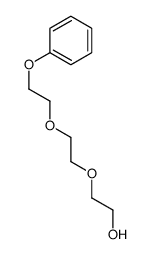
Ph-PEG3 structure
|
Common Name | Ph-PEG3 | ||
|---|---|---|---|---|
| CAS Number | 7204-16-2 | Molecular Weight | 226.26900 | |
| Density | 1.097g/cm3 | Boiling Point | 351.9ºC at 760 mmHg | |
| Molecular Formula | C12H18O4 | Melting Point | N/A | |
| MSDS | N/A | Flash Point | 166.6ºC | |
Use of Ph-PEG3Ph-PEG3 is a PEG-based PROTAC linker that can be used in the synthesis of PROTACs[1]. |
| Name | 2-[2-(2-phenoxyethoxy)ethoxy]ethanol |
|---|---|
| Synonym | More Synonyms |
| Description | Ph-PEG3 is a PEG-based PROTAC linker that can be used in the synthesis of PROTACs[1]. |
|---|---|
| Related Catalog | |
| Target |
PEGs |
| In Vitro | PROTACs contain two different ligands connected by a linker; one is a ligand for an E3 ubiquitin ligase and the other is for the target protein. PROTACs exploit the intracellular ubiquitin-proteasome system to selectively degrade target proteins[1]. |
| References |
| Density | 1.097g/cm3 |
|---|---|
| Boiling Point | 351.9ºC at 760 mmHg |
| Molecular Formula | C12H18O4 |
| Molecular Weight | 226.26900 |
| Flash Point | 166.6ºC |
| Exact Mass | 226.12100 |
| PSA | 47.92000 |
| LogP | 1.09090 |
| Index of Refraction | 1.504 |
|
~71% 
Ph-PEG3 CAS#:7204-16-2 |
| Literature: Kimura, Masaru; Kajita, Kazushige; Onoda, Naoyuki; Morosawa, Shiro Journal of Organic Chemistry, 1990 , vol. 55, # 16 p. 4887 - 4892 |
|
~65% 
Ph-PEG3 CAS#:7204-16-2 |
| Literature: Jursic, Branko Tetrahedron, 1988 , vol. 44, # 5 p. 1553 - 1558 |
|
~%
Detail
|
| Literature: DOW GLOBAL TECHNOLOGIES INC. Patent: WO2009/76275 A1, 2009 ; Location in patent: Page/Page column 13-15 ; |
|
~% 
Ph-PEG3 CAS#:7204-16-2 |
| Literature: Mertens, Ingrid J. A.; Wegh, Rene; Jenneskens, Leonardus W.; Vlietstra, Edward J.; Van Der Kerk-van Hoof, Anca; Zwikker, Jan W.; Cleij, Thomas J.; Smeets, Wilberth J. J.; Veldman, Nora; Spek, Anthony L. Journal of the Chemical Society. Perkin Transactions 2, 1998 , # 3 p. 725 - 736 |
|
~% 
Ph-PEG3 CAS#:7204-16-2 |
| Literature: Jursic, Branko Tetrahedron, 1988 , vol. 44, # 5 p. 1553 - 1558 |
|
~%
Detail
|
| Literature: DOW GLOBAL TECHNOLOGIES INC. Patent: WO2009/76275 A1, 2009 ; Location in patent: Page/Page column 13-15 ; |
|
~% 
Ph-PEG3 CAS#:7204-16-2 |
| Literature: Shukis; Tallman Journal of the American Chemical Society, 1944 , vol. 66, p. 1462 |
|
~% 
Ph-PEG3 CAS#:7204-16-2 |
| Literature: Miller et al. Journal of the Chemical Society, 1950 , p. 3623,3628 |
|
~% 
Ph-PEG3 CAS#:7204-16-2 |
| Literature: I.G. Farbenind. Patent: DE519730 , 1925 ; Fortschr. Teerfarbenfabr. Verw. Industriezweige, vol. 17, p. 561 |
| 2-(2-Hydroxy-aethoxy)-1-(2-phenoxy-aethoxy)-aethan |
| [2-(2-Hydroxy-aethoxy)-aethyl]-(2-phenoxy-aethyl)-aether |
| 2-[2-(2-phenoxy-ethoxy)-ethoxy]-ethanol |
| 8-phenoxy-3,6-dioxa-1-octanol |
| 2-[2-(2-phenoxyethoxy)ethoxy]ethan-1-ol |
| Ethanol,2-[2-(2-phenoxyethoxy)ethoxy] |
| triethylene glycol phenyl ether |
| 2-[2-(2-Phenoxy-aethoxy)-aethoxy]-aethanol |
| bis[2-(2-hydroxyethoxy)ethoxy]benzene |
| TRIETHYLENE GLYCOL MONOPHENYL ETHER |
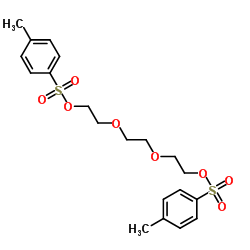

![[2-(2-bromoethoxy)ethoxy]benzene structure](https://image.chemsrc.com/caspic/175/123824-56-6.png)
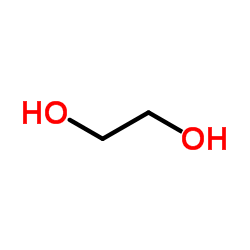

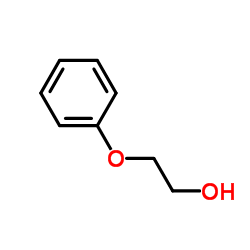

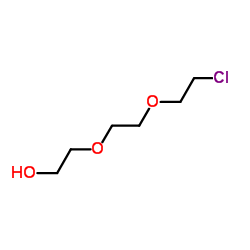
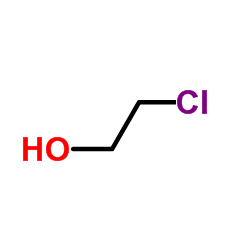
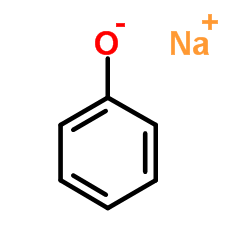
![2-[2-[2-(2-phenoxyethoxy)ethoxy]ethoxy]ethanol structure](https://image.chemsrc.com/caspic/175/36366-93-5.png) CAS#:36366-93-5
CAS#:36366-93-5